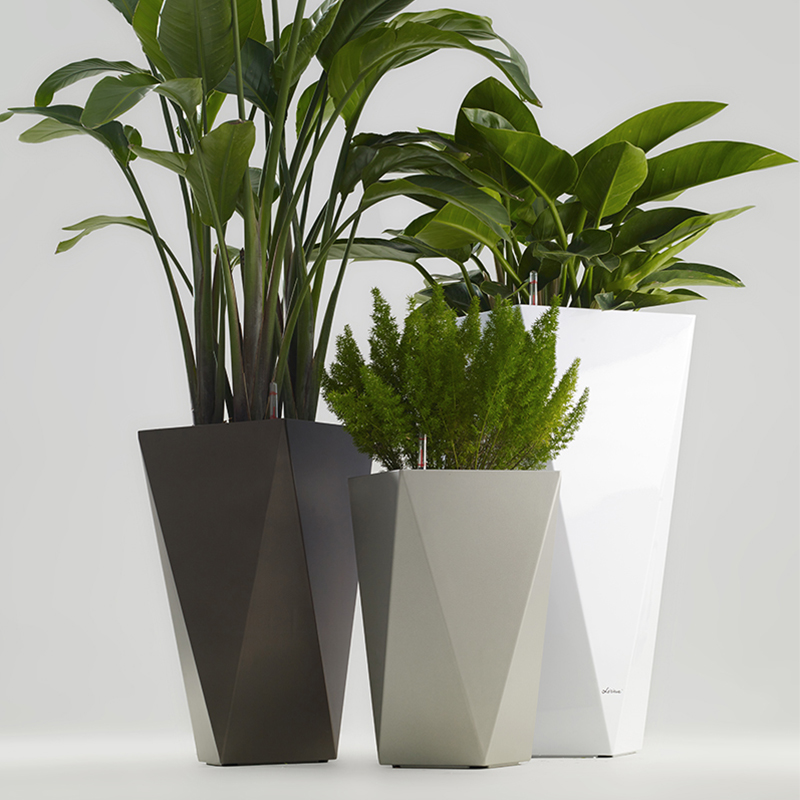When it comes to selecting planters for gardens or indoor spaces, the quality of the materials used plays a significant role in ensuring durability, functionality, and aesthetics. Whether you are interested in cute painted flower pots for your windowsill, oversized garden pots for your outdoor plants, or even considering accessories like a personalized watering can, understanding the quality testing methods behind planter materials can provide confidence in your purchase and use.

One of the main reasons planter quality matters is that these products are exposed to varying environmental conditions. Materials need to withstand sun exposure, water, temperature fluctuations, and mechanical stress. For example, cute painted flower pots often have decorative finishes that need to resist fading and chipping over time. Similarly, oversized garden pots must be robust enough to hold large amounts of soil and plants without cracking or breaking. Even small touches like the durability of a personalized watering can used alongside planters contribute to an overall satisfying gardening experience.
The one key method of testing planter materials is mechanical strength testing. This involves applying pressure or force to the planter to check its resistance to impacts and cracks. For plastic or resin pots, this can mean dropping or striking the pot under controlled conditions. For ceramic or clay pots, compression tests may determine how much weight the pot can bear before failure. This type of testing helps ensure that oversized garden pots can safely hold heavy plants without sudden damage and that smaller items like cute painted flower pots retain their shape through regular use.
Next, water absorption testing is essential, especially for porous materials like terracotta or unglazed ceramics. Plants that absorb too much water can become fragile or prone to mold growth. By measuring how much water the material takes in over a certain period, manufacturers and buyers can assess the suitability of pots for different planting needs. For example, cute painted flower pots with a glossy finish may absorb less water, protecting the paint and the pot itself. In contrast, a porous oversized garden pot may require additional waterproof treatment to ensure longevity.
Another important evaluation is UV resistance testing, which examines how planter materials react to prolonged exposure to sunlight. UV rays can cause discoloration, brittleness, and deterioration. This is particularly relevant for outdoor planters, including oversized garden pots often left in direct sun. Similarly, decorative features on cute painted flower pots need to retain their colors without fading. Accessories like a personalized watering can used outdoors should also be UV resistant to maintain their appearance and function over time.
Thermal cycling tests simulate the effects of temperature changes on planter materials. Rapid expansion and contraction caused by heat and cold can advance to cracking or warping. This test is crucial for materials like ceramics and certain plastics used in oversized garden pots, which may face freezing winter conditions and hot summers. Even a personalized watering can made from plastic or metal benefits from materials that can withstand temperature variations without deforming.
Finally, chemical resistance tests check how planters and related gardening tools respond to fertilizers, pesticides, and soil acidity. Some materials may degrade or discolor when exposed to such substances. This is a relevant consideration for cute painted flower pots that often decorate indoor spaces where fertilizer residues might accumulate. The surface of oversized garden pots should resist staining or damage from garden treatments, and the finish of a personalized watering can should remain intact despite contact with various chemicals.
Quality testing methods for planter materials are important not only for durability but also for safety and environmental concerns. Well-tested materials reduce the chance of breakage, which can be hazardous, and often align with sustainable practices by promoting long-lasting products. Whether you’re looking for charming, cute painted flower pots that brighten up your home, functional oversized garden pots that support your outdoor gardening projects, or even a handy personalized watering can that fits your style, understanding these testing processes can help you make more informed choices.
In summary, the journey of a planter from production to your garden or living room involves careful testing of materials through mechanical strength, water absorption, UV resistance, thermal cycling, and chemical resistance. Each of these steps ensures that the cute painted flower pots you pick remain visually appealing, the oversized garden pots continue to serve their purpose through seasons, and the personalized watering can you use alongside them stays reliable. By appreciating the science behind these quality checks, gardeners and suppliers alike can foster a better relationship with the products they choose, making gardening a more enjoyable and sustainable practice.

 English
English 日本語
日本語 Español
Español Deutsch
Deutsch عربى
عربى

